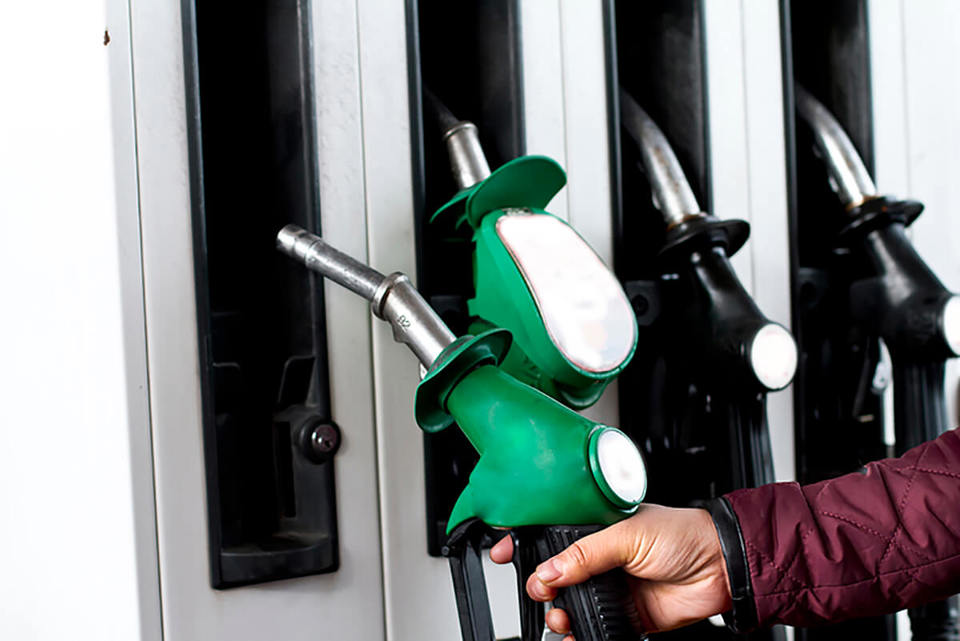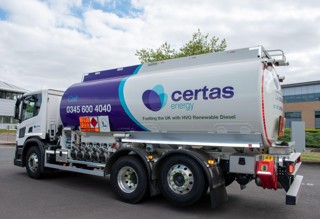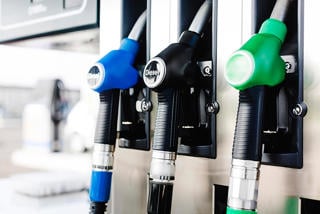Global demand for crude oil rather than simply a battle for footfall is behind the recent fall in pump prices on supermarket forecourts.
Fleets have enjoyed the spoils of the fuel price war being waged, with Asda, Morrisons, Sainsbury’s and Tesco all cutting the cost of petrol and diesel.
A litre of diesel has fallen by as much as 10p, with average pump prices as high as 146p per litre (ppl) two months ago coming down to around 136ppl in the past few weeks.
Some areas have been even higher with reports from one Fleet News reader of 154.9ppl at a BP garage in Chester.
It is the third sizeable swing in average pump prices seen in the past 12 months, according to the AA. The first set the current record high petrol price at 142.48p a litre in April 2012, before dropping back by around 10p in July, while the second surge lifted the average price of fuel in October, before falling back again in December.
Even small fluctuations in the cost of diesel can impact an organisation’s bottom line.
A 5ppl fall would translate into a company car or van driver who achieves 45mpg and covers 15,000 miles per year spending £1.45 per week less on fuel. For a driver covering 20,000 miles, the saving rises to £1.93 per week.
If a fleet is operating 250 vehicles and the 5ppl fall is over a four-week period, the fleet covering 15,000 miles per vehicle per year can expect to spend £1,450 less during that time, while the fleet covering 20,000 miles per vehicle will see a saving in its fuel bill of £1,930.
Mike Waters, head of insight and consultancy at Arval, said: “In February, Brent Crude was trading up at around $116 to $120 a barrel; it’s now down to around $100.”
Waters told Fleet News that the price fall can be attributed to supply and demand. He said: “Global demand for oil goes up every year, but the majority of the increase is driven by China along with the other emerging nations.
“However, in quarter one of this year, China’s GDP growth came in below expectations, so the market got a bit nervous at that point. People come out of oil and the price falls.”
China’s apparent oil demand in the first three months of this year averaged 10.15 million barrels per day (b/d), up 3.5% from the first quarter a year ago. But the level of demand has eased from Q4 2012, when the year-over-year increase was 7.8% to an average 10.28 million b/d, and demand for oil in March was down 4.2% from February.
“Given that oil demand is linked to industrial production and other macroeconomic performance, the slower oil demand growth in the first quarter of 2013 is further evidence of China’s lower-than-expected expansion in gross domestic product,” said Song Yen Ling, Platts senior writer, China.
China reported 7.7% GDP growth in Q1, which was below analyst estimates of 8% and down from the Q4 rate of 7.9%.
It has resulted in a glut of oil in the market with gasoline inventories in north-west Europe at their highest level for five years, while stocks on the east coast of the US are two million barrels higher than last year, according to the AA.
Waters said: “There’s a view that oil prices are volatile, but over the past 18 months that hasn’t been the case.”
Unleaded is currently around 135ppl and diesel 140ppl. In April, 2011, the price of unleaded was similar and diesel was 142ppl. “If you look at monthly averages in the intervening period,” added Waters, “diesel has been down at 137ppl and back up to 143ppl, while it peaked a couple of months ago at 146ppl and it’s now down to around 140ppl.
“The price has operated within quite a tight margin for an extended period of time. Looking forward, I don’t think that will change dramatically for the rest of the year.”
Slow growth is predicted for the global economy and with oil priced in dollars, a massive shift in exchange rates that could radically impact the price at the pumps in the next six to nine months is not expected.
For the latest regional fuel prices, click here.





















Login to comment
Comments
No comments have been made yet.